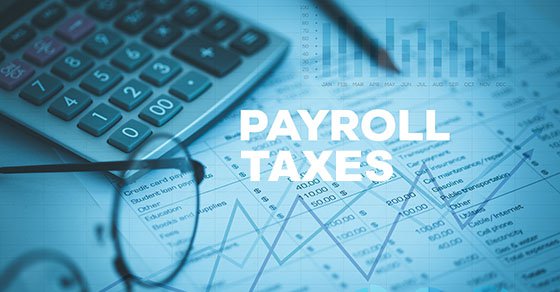Employers May “Designate” Certain Payroll Tax Payments
- Learn the difference between trust-fund and non-trust-fund taxes.
- Find out if a taxpayer can designate tax payments to a specific liability.
As an employer, you’re no doubt aware of your obligation to submit payroll tax payments to the federal government. However, you may have more control of those payments than you’re aware. In recent guidance, Chief Counsel Advice 202129007, the IRS clarified when an employer may tell the tax agency how to apply — that is, “designate” — a payroll tax payment. Fiducial has more information below.
Trust-fund vs. non–trust-fund taxes
The U.S. tax code requires employers to withhold from wages paid to employees:
- Income taxes,
- Social Security taxes, and
- Medicare taxes.
We refer to these withheld taxes as “trust-fund taxes” because the employer holds them in trust for the United States. Employers must also pay their share of Social Security and Medicare taxes for employees. These employer taxes are called “non–trust-fund taxes” because the employer doesn’t hold these taxes in trust for the United States.
Both trust-fund and non–trust-fund taxes are commonly referred to as “payroll” or “employment” taxes.
Question and answer(s) about payroll tax
What prompted the IRS Chief Counsel’s guidance? The following question: Can a taxpayer designate a payroll tax payment to a specific liability, or must the payment be applied in the best interests of the government?
According to the guidance, an employer can designate a payment if:
- The payment is voluntary and not in response to an enforced collection, under which an employer has no right to designate payments, and
- At the time of payment, the employer provides the IRS with specific written instructions on how to apply it.
If the employer doesn’t designate a payment, the IRS will apply the payment to serve the best interests of the government. In this situation, the best interests of the government require the IRS to apply the payment first to the taxpayer’s non–trust-fund tax liabilities for successive periods in descending order of priority.
If the payment exceeds the employer’s non–trust-fund liabilities, the IRS applies any excess against the employer’s trust-fund tax liabilities. Examples of these include withheld income taxes and employees’ share of Social Security and Medicare taxes.
Once the trust-fund and non–trust-fund taxes are paid, any amount remaining will be applied to assessed fees and collection costs, assessed penalty and interest, and accrued penalty and interest to the date of payment.

Your best interests
There may indeed be instances when designating a payroll tax payment is in your best interests as an employer. Have questions about payroll taxes, including whether and when to designate a payment? Call Fiducial at 1-866-FIDUCIAL or make an appointment at one of our office locations to discuss your situation.
Ready to book an appointment now? Click here. Know someone who might need our services? We love referrals!
For more small business COVID-19 resources, visit Fiducial’s Coronavirus Update Center to find information on SBA loans, tax updates, the Paycheck Protection Program, paid sick and family leave.









